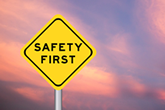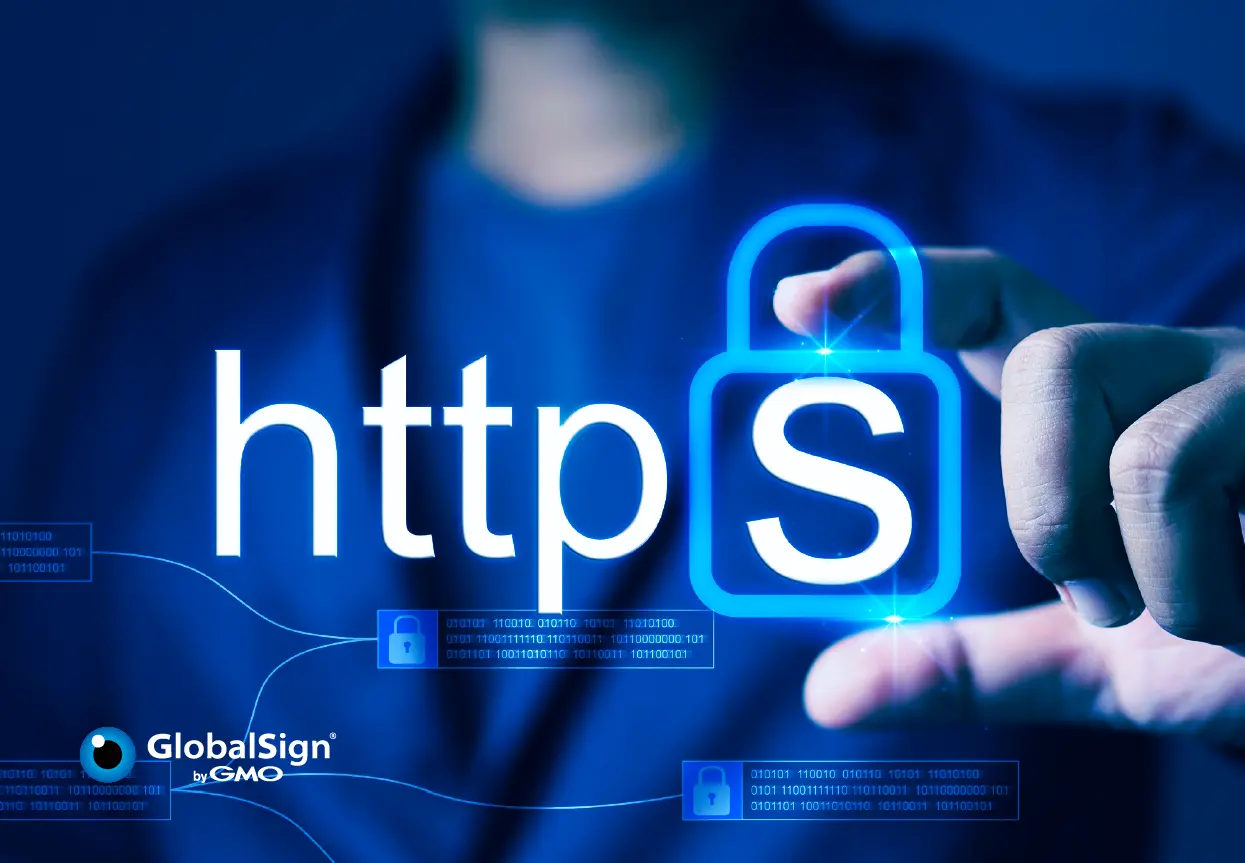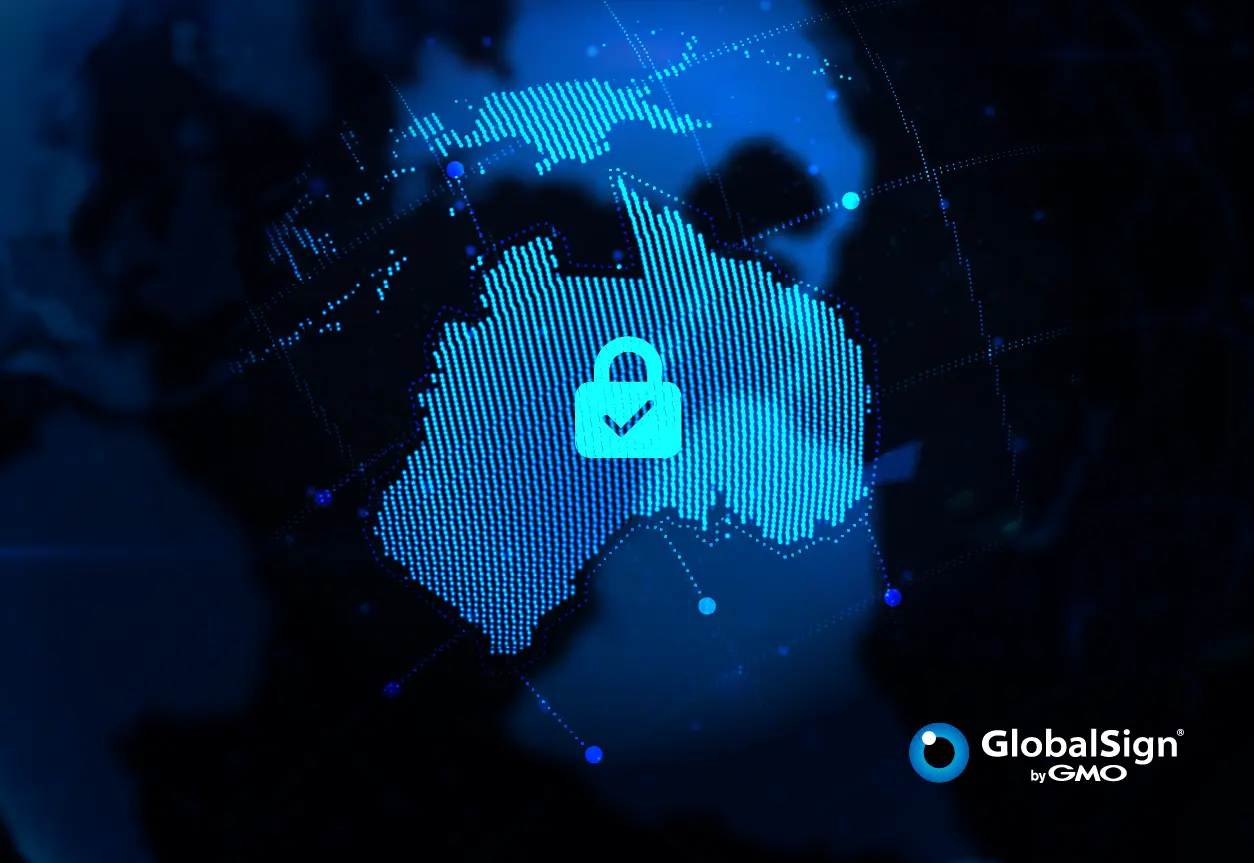Free Wi-Fi is available in shopping malls, airports, restaurants, coffee shops, libraries, public transport, hotel rooms - you name it. These networks are used by millions of people on a daily basis. According to a recent survey by ITRC, three out of four respondents said they use free public Wi-Fi.
However, what most people don’t realize is that free public Wi-Fi isn’t secure. Even if it requires a password to login, that doesn’t necessarily mean your online activities are safe. You might love public Wi-Fi, but so do hackers! So, if you use public Wi-Fi without adequate protection, you’re essentially risking your online identity and money.
How Hackers Can Use Public Wi-Fi to Steal Your Identity
There are two main types of attacks through which cyber-criminals can use shared public Wi-Fi to gain access to your personal information and steal your identity.
1. Hackers on the Same Network
A hackers' ultimate objective is to get connected to a network where multiple users are already connected, making public Wi-Fi networks excellent targets. Once he gains entry into such a network, he can deploy his tactics to take control of all the data and communications taking over this network.
One of the most common techniques hackers use to intercept data of people on the same network is known as Man in the middle (MITM). This is where cyber-criminals intercept communications between clients (or users of public Wi-Fi) and the public Wi-Fi router. Consequently, they’re able to capture and view all of the incoming and outgoing data.
Another risk to being on the same network as the hacker is the ability to file share. If you have file-sharing enabled while you’re on the network, the hacker can send you files infected with malware.
2. Hackers Who Create a Fake Wi-Fi Hotspot
This is another technique to trick unsuspecting users into joining a fake network put up by the hacker. With this, they can gain access to your personal information of your social accounts and financial credentials, and other sensitive information that may be crucial to your well-being. They can also have access to your files, if the file sharing option is enabled on your system.
Another tactic is once you connect to the fake network, hackers can push malware on your device by sending fake warnings of a system upgrade. Rather than upgrading, they install malware which can broadcast your sensitive information in real-time, including your system’s documents, photos, communication logs, etc.
5 Tips to Keep Your Data Safe on Public Wi-Fi
If you can’t avoid public Wi-Fi networks, you should at least ensure you’re well-protected when using them. Fortunately, there are some useful tips that you can follow to yourself safe on public Wi-Fi networks:
1. Verify the Network; Configure and Turn off Sharing
Remember that hackers are very clever, so its better to surf and play smart. Read the network name very carefully and ask an employee of the business if the link is legitimate. You can also ask the offering IP address. As mentioned above, hackers often set up fake networks, so verify the name to avoid being victim.
Another important thing to consider, when connected to the public internet, do you really need to have sharing preferences turned on? Obviously, not! So right after you verify the network, turn off the file sharing option. File sharing is usually pretty easy to turn off from the system preferences or control panel, depending on your operating system.
2. Use a VPN
A VPN (Virtual Private Network) is the most secure option to surf on public networks. It is one of the most useful tools to help people keep their information secure when logged on to public networks.
VPNs encrypt your data traffic and act as a protected tunnel between the client (browser) and server. All the data passing through the tunnel won’t be visible to hackers and they won’t be able to access your information and the activities you do online.
Another potential benefit to VPNs, is they mask your IP with their own IP address from different location. You could physically be in the Australia, but your VPN would show that you’re in a different location.
Not all VPN services are created equal. There are some free VPNs that are less secure than the paid ones. Paid VPNs do cost some money, but they gives additional security to your needs. Here is the list of best VPNs that help guarantee your privacy and security.
3. Use HTTPS
If you don’t have access to a VPN, making sure you are only visiting encrypted sites can also help protect your data from some of the threats outlined above.
Look for HTTPS at the beginning of a website’s address. This means the connection between the browser and the web server is encrypted, so any data that is submitted to the website will be safe from eavesdropping or tampering. Most browsers also include a padlock symbol at the beginning of the address to indicate the site uses encryption.
4. Keep the Firewall Enabled
Turning on the firewall can prevent hackers’ unauthorized external access to your system. A firewall won’t provide complete protection, but it’s a setting that should always be enabled.
A firewall also acts as a barrier that protects your device from data-based malware threats. It actively monitors the data packets that come from networks and checks whether they’re safe or not. If it sees any malicious data packet, it gets blocked by the firewall. By blocking certain kinds of data, the firewall protects your computer or network and safeguards your data from attacks.
Usually we turn off the Windows firewall because of the annoying pop ups and notifications and then just completely forget about it. If you want to restart it, then head over to the Control Panel, go to "System and Security" and select "Windows Firewall". If you are a Mac user, you can go to "System Preferences", then "Security & Privacy", then "Firewall" tab and enable Firewall on Mac.
5. Use Antivirus
Antivirus can help protect you while using public Wi-Fi by detecting malware that might get into your system while using the shared network. Always make sure to use latest versions of antivirus program that is installed on your device. An alert will be shown if any known viruses are loaded onto your device or if there’s any suspicious activity, malicious attack, or malware gets into your system via network.
Other Important Tips to Stay Safe on Public Wi-Fi Networks
Other than mentioned above tips, here are some more recommended tips of keeping your system secure on public Wi-Fi:
- Always turn off automatic connection.
- Always use 2 factor authentication - this way, even if a hacker obtains your username and password, they still won’t be able to access your accounts.
- Always check forget network after using public Wi-Fi.
- Don’t run financial transactions over public networks.
And most importantly! Instead of using these insecure networks, it is better to use your smartphone as a hotspot.
Conclusion
Digital security is important and we need to understand the risks of public Wi-Fi. This may prevent internet users and our loved ones from falling victim to data thefts. These tips are simple, easy, relatively inexpensive and could save you from cyber-criminals at any public place.
Note: This blog article was written by a guest contributor for the purpose of offering a wider variety of content for our readers. The opinions expressed in this guest author article are solely those of the contributor and do not necessarily reflect those of GlobalSign.






